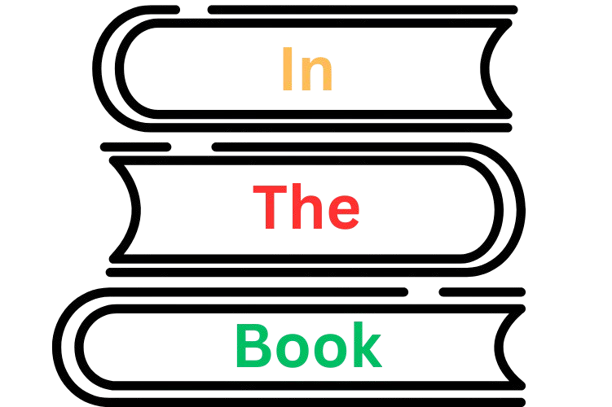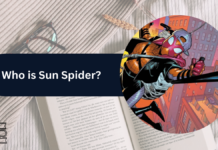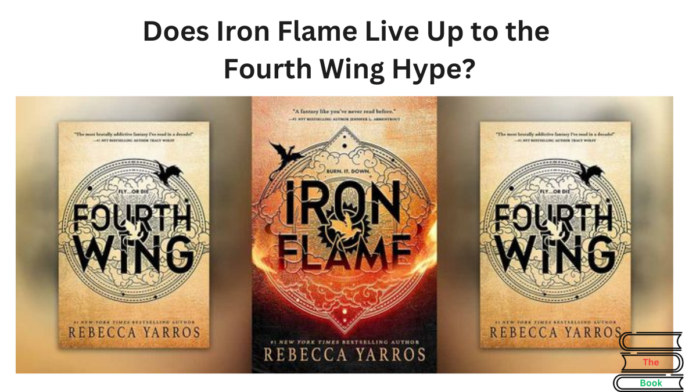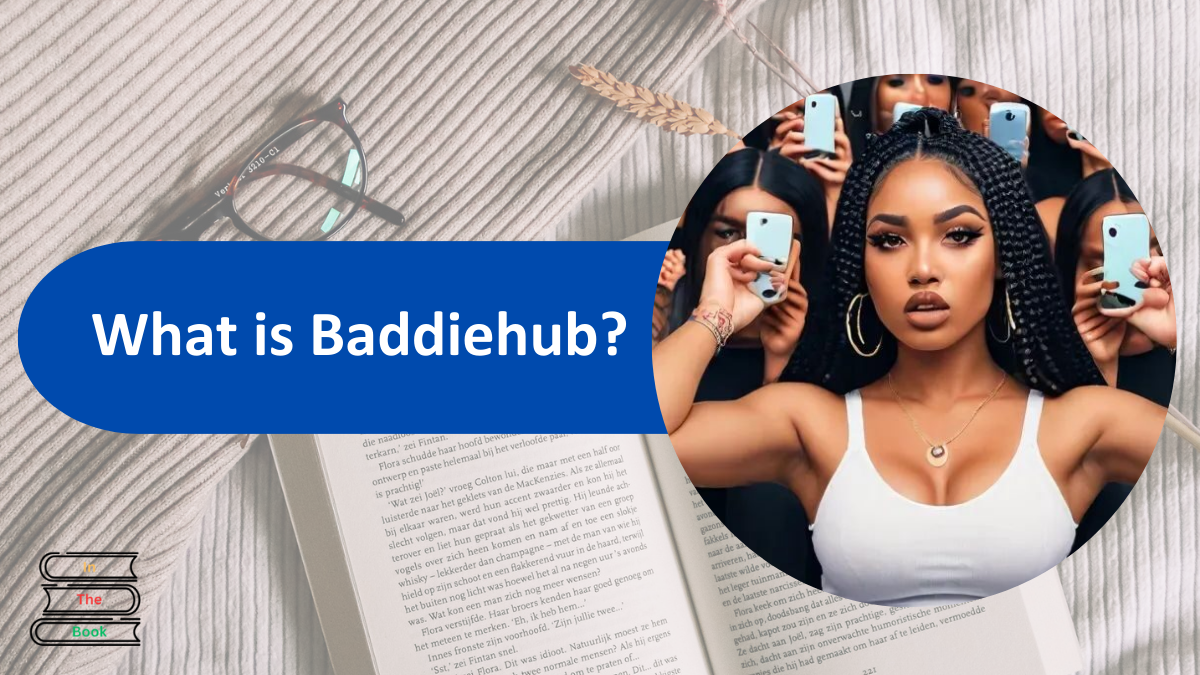Iron Flame by Rebecca Yarros has generated considerable buzz as the sequel to Fourth Wing. Fans of the first book are eager to see if the new installment can match or exceed the excitement and depth of the original.
This review will explore whether Iron Flame lives up to the high expectations set by its predecessor.
Contents
Overview
Iron Flame picks up where Fourth Wing left off, diving back into the world of the Riders Quadrant at Basgiath War College. The protagonist, Violet Sorrengail, is once again at the center of the story, navigating the challenges and dangers of her second year as a dragon rider. The stakes are higher, the enemies more formidable, and Violet must rely on her growing skills and alliances to survive.
The plot thickens as Violet uncovers more secrets about the Riders Quadrant and her own family’s mysterious past. The book weaves together themes of loyalty, courage, and the relentless pursuit of truth against a backdrop of intense action and intrigue.
As Violet delves deeper into the mysteries surrounding her, she discovers hidden truths about her own abilities and the true nature of the conflict that threatens her world.
Characters
Following are the characters:
- Violet Sorrengail: As the central character, Violet’s journey is both physical and emotional. Her growth from a reluctant rider to a formidable warrior is compelling. She is faced with new adversaries and personal dilemmas that test her strength and resolve. Violet’s determination to protect those she loves and uncover the truth about her past drives much of the story’s emotional core.
- Xaden Riorson: Violet’s love interest and a complex character in his own right. His relationship with Violet deepens, revealing layers of his personality and his own struggles. Xaden’s loyalty to Violet is tested as they face numerous challenges, and his own past becomes a key element in the unfolding drama.
- Other Key Characters: Friends and foes alike add depth to the story. Characters like Dain Aetos, Violet’s childhood friend, and new allies she meets at Basgiath, each play crucial roles in her journey. The interactions between these characters add richness to the narrative, highlighting themes of friendship, loyalty, and betrayal.
Rebecca Yarros excels at creating multidimensional characters. Their interactions, conflicts, and alliances are central to the narrative, making readers invested in their fates. Each character’s personal journey is intertwined with the larger plot, creating a tapestry of stories that keep the reader engaged.
Themes
Iron Flame explores themes of trust, betrayal, and the search for identity. The characters often grapple with their loyalties and the harsh realities of their world. The book also delves into the cost of power and the sacrifices required to achieve it.
Themes of courage, perseverance, and the struggle for justice are woven throughout the narrative.
The motif of fire, symbolizing both destruction and renewal, is prevalent in Iron Flame. Violet’s journey is marked by trials by fire, both literal and metaphorical, as she faces formidable challenges and emerges stronger.
The book also examines the concept of destiny versus free will, as characters navigate their predetermined roles and fight for their own paths.
Style of writing
Yarros’ writing style is vivid, drawing readers into the world of Basgiath War College. The pacing is brisk, with a good balance of action-packed scenes and character-driven moments. The dialogues are sharp, reflecting the personalities and emotions of the characters effectively.
Yarros’ descriptive prose brings the setting to life, making the world of Iron Flame feel tangible and real. The narrative structure of Iron Flame is carefully crafted, with each chapter building on the tension and stakes established in the previous one.
The seamless integration of action, romance, and mystery keeps the reader engaged from start to finish. Yarros’ ability to switch between high-stakes action and intimate character moments is a testament to her skill as a storyteller.
Conclusion
Iron Flame largely lives up to the hype set by Fourth Wing. It delivers an engaging and action-packed continuation of Violet’s story, with strong character development and a richly detailed world. While it has its flaws, the book is a satisfying sequel that will leave fans eagerly awaiting the next installment.
The depth of the characters, the complexity of the plot, and the emotional resonance of the story make Iron Flame a standout in the fantasy genre.
Some Ques.
Do I need to read Fourth Wing before Iron Flame?
Yes, Iron Flame is a direct sequel to Fourth Wing. Reading the first book provides essential background on the characters and the world, making it easier to understand and appreciate the events in Iron Flame.
Is Iron Flame suitable for younger readers?
The book is generally suitable for teens and young adults. It contains themes of violence and romance typical of the fantasy genre but is handled in a way appropriate for its intended audience. Parents should review the content to ensure it aligns with their comfort level for younger readers.
How does Iron Flame compare to Fourth Wing?
Iron Flame maintains the high-quality storytelling and character development of Fourth Wing. It offers a deeper exploration of the characters and their world, with higher stakes and more intense action. Fans of the first book will find much to enjoy in this sequel.
Read More:
- The Real Reason Invoices Go Unpaid — And How Collection Automation Can Fix It
- Best Places to Buy Diamonds and Engagement Rings Online
- Building Focus and Strategy Through Interactive Digital Experiences
- How Students’ Reading Interests Influence Their Motivation and Performance in Writing Assignments
- The Damages Resulting from the Use of Suboxone

Chandler is an avid automobile enthusiast who is passionate about all things on wheels. From the latest car models to classic vintage rides, I love exploring the automotive world’s intricate details and engineering marvels. With years of experience in test-driving, reviewing, and analyzing cars, I provide readers with comprehensive insights and honest opinions.



























